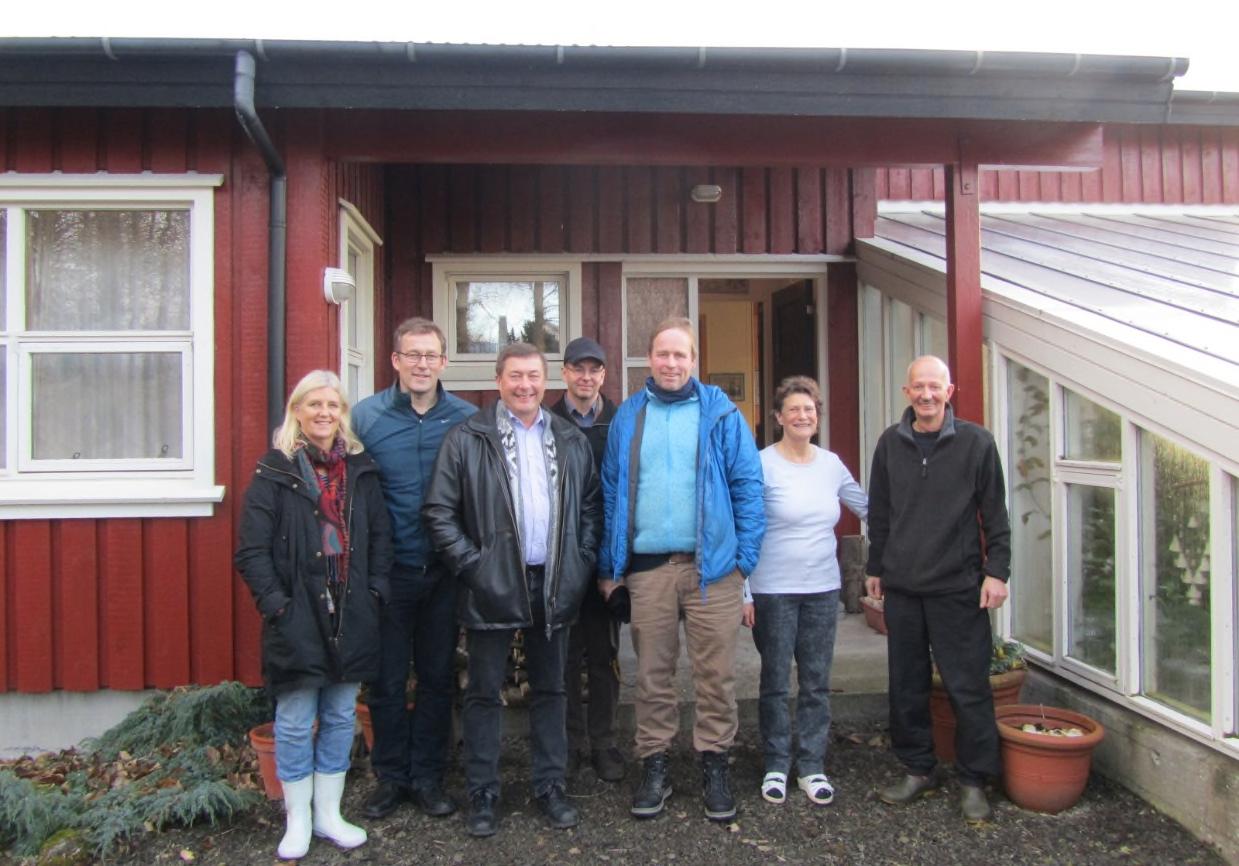
2 minute read
The climate
The average acreage per farm (holding) varies also between countries, regions and production systems (Figure 4). In Iceland, organic farms are much smaller than conventional farms. This is partly because 65% of the organic holdings are based on horticultural production. If these holdings are excluded, the average acreage of organic farms is estimated at approximately 30 ha, which is still substantially lower than for traditional farms in Iceland. Acreage per farm is lowest in all systems and regions in Norway, with organic farms being the smallest. The organic farms in Sweden and Finland are substantially bigger than other farms in the arctic.
80
70
a h g , i n l d o h U A A /
60
50
40
30
20
10
0 South of Arctic
Arctic
Arctic organic
Iceland Norway Sweden Finland
Figure 4. Average acreage per holding in respective countries. Based on available data from Eurostat and national bureaus of statistics, 2015.
The climate
The arctic in the four countries share many common climatic features but are distinct in others (Table 2). Iceland and coastal Norway have a maritime North Atlantic climate with mild winters compared to the continental cold winters of arctic Sweden and Finland. The maritime areas of Iceland and Norway have much higher precipitation during winter months, falling as either snow or rain, compared to arctic Sweden and Finland that have much less precipitation and which mostly falls as snow (Figures 5). The special climatic feature of Iceland is the distinctively colder growing season than in the other three countries. However, there is a huge temperature and precipitation variation within each country as well (Table 2). This is due to mountainous terrains in all countries which create windward and leeward effects on the local climate. The main agricultural areas and holdings are at low altitudes close to sea level, whereas livestock grazing in natural areas is common at higher altitudes on mountain slopes. The growth period varies within each country depending on location, but also between countries. The growth period is longest in the maritime regions and shortest in the continental regions. Iceland has in general much fewer growing degree days than the other countries in spite of the relatively long growth period. Due to the very high latitude, all countries have extremely long diurnal photoperiods during the growing season, which favor plant growth and counteract low air temperatures in the arctic.
Table 2. Approximate low altitude precipitation, temperatures and growth period ranges in the respective arctic countries.
Latitude arctic area (°) Altitude (m.a.s.) Iceland Norway Sweden Finland 63-66 66-70 64-69 65-70 0-2000 0-1900 0-2000 0-1200
Precipitation (mm) Mean annual temperature (°C)
400-1100 300-2000 600-800 450-700 2 - 4 1-3 0-2 -2 - +3 Mean temperature in July (°C) 9 - 11 13-10 14-15 13 - 16 Mean temperature in January (°C) -2 - 0 -4 - - 7 -10 - -14 -9 - -14 Growth period (T>5°C) days 120-160 120-180 120-150 105-140 Growing degree days (GDD, T>5°C) 500-700 600-1100 600-1000 600-1000
° C e , r u t a e r T e m p
18 16 14 12 10 8 6 4 2 0 -2 -4 -6 -8 -10 -12 -14 Reykjavík
Tromsø
Luleå
Rovaniemi
m m , n i o t a i t e c i p r P
140 130 120 110 100 90 80 70 60 50 40 30 20 10 0 Reykjavík
Tromsø
Luleå
Rovaniemi
Figures 5. Monthly mean temperature and precipitation in the most populated arctic cities in the respective countries, 30-year average (1961-1990).



